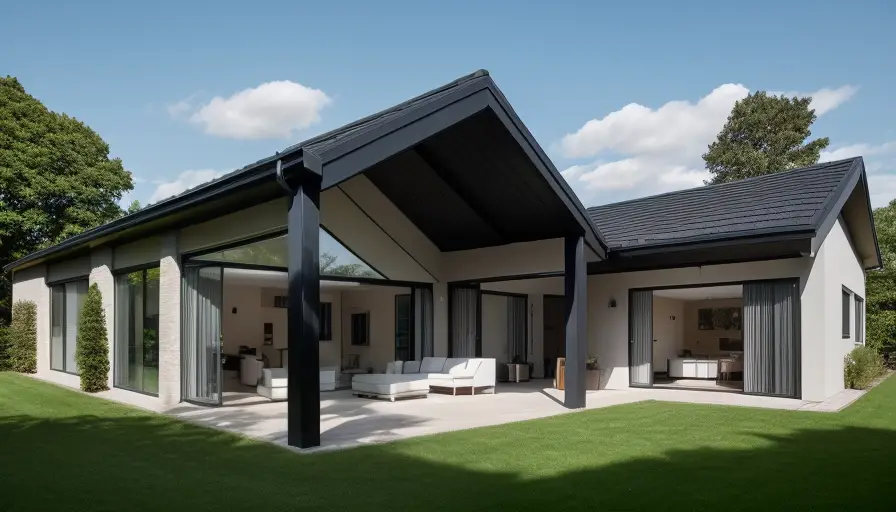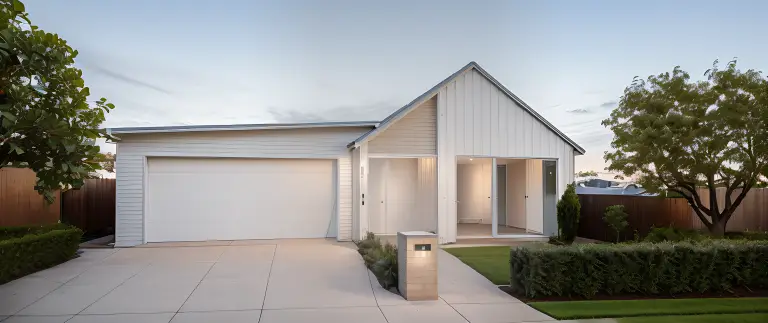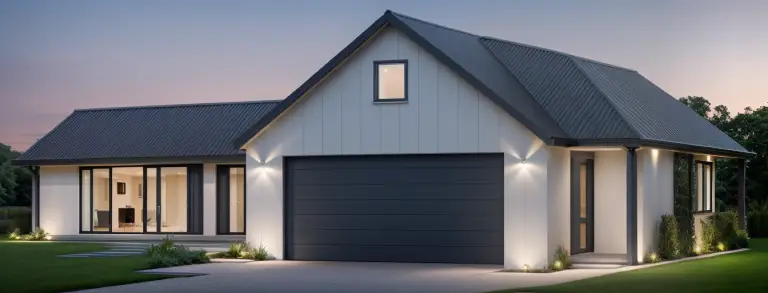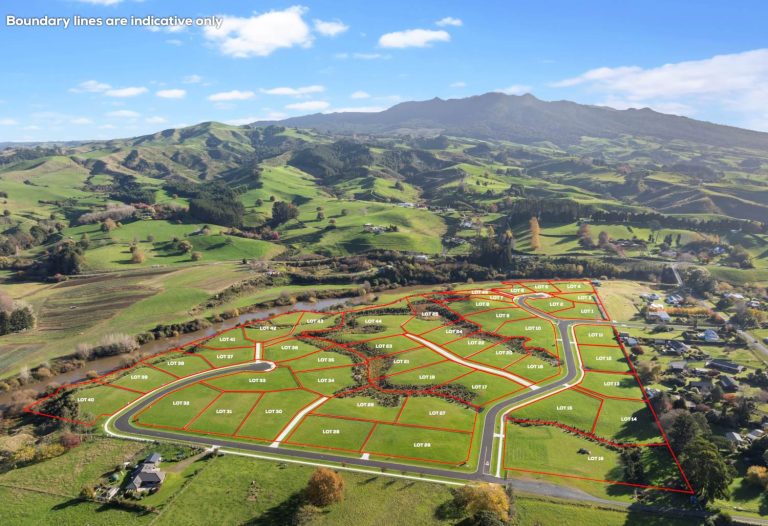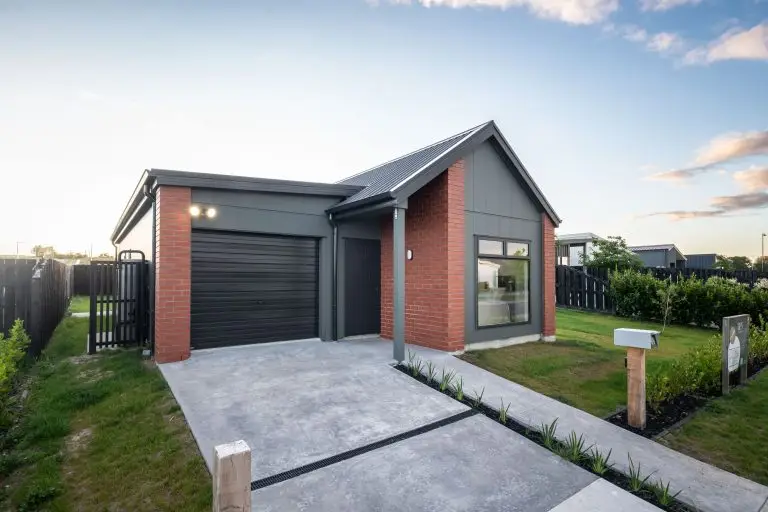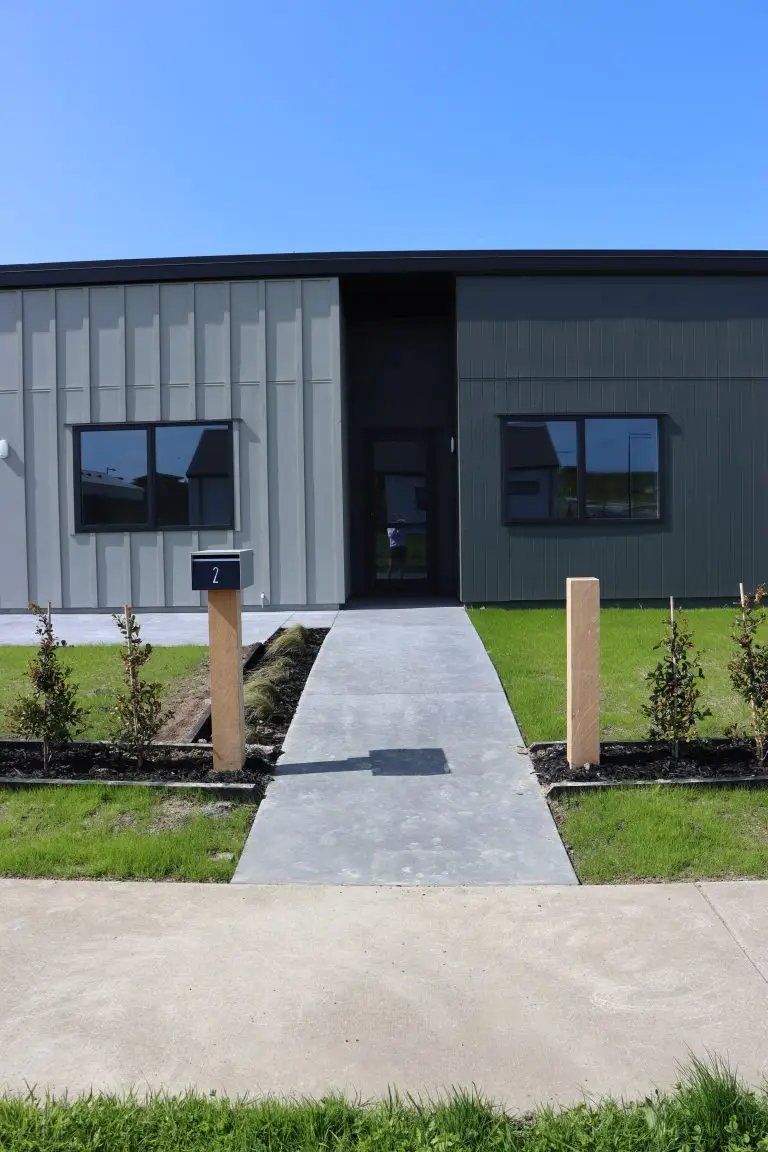Designing your dream home is an exciting endeavor that allows you to create a space tailored to your lifestyle, preferences, and needs. Whether you’re building from scratch or renovating an existing property, careful planning and consideration are key to achieving a home that reflects your personality and enhances your quality of life. In this article, we’ll explore 20 essential tips to guide you through the home design process, from initial concept to final execution.
Identify Your Needs and Prioritize Your Wants:
Before diving into the design process, take the time to identify your needs and priorities. Consider factors such as family size, lifestyle preferences, and daily routines to determine the essential features your home must-have. Once you’ve established your needs, prioritize your wants based on their importance and feasibility within your budget and space constraints.
Plan for the Future:
When designing your dream home, it’s crucial to think long-term and anticipate future needs. Consider how your lifestyle may evolve over time, such as expanding your family or accommodating aging parents. Incorporate flexible design elements and adaptable spaces that can easily transition to meet changing requirements, ensuring your home remains functional and relevant for years to come.
Choose a Style That Suits Your Tastes and Environment:
Selecting a design style that resonates with your personal preferences is essential in creating a home that feels authentic and reflects your personality. Whether you’re drawn to classic elegance, modern minimalism, or rustic charm, choose a style that harmonizes with the architectural context of your surroundings while aligning with your aesthetic vision.
Pay Attention to Orientation:
The orientation of your home plays a significant role in optimizing natural light, ventilation, and energy efficiency. Position your home to take advantage of sunlight and prevailing winds, minimizing reliance on artificial lighting and heating. Strategic orientation can also enhance indoor-outdoor connectivity and create comfortable living spaces throughout the day.
Consider the Flow of Your Home:
Efficient circulation and spatial flow are essential considerations in home design, impacting how you move through and interact within your living environment. Design interconnected spaces that facilitate natural movement patterns while preserving privacy and functionality. Ensure smooth transitions between rooms and zones, promoting seamless navigation and connectivity throughout your home.
Prioritise Comfort:
Comfort should be a guiding principle in every aspect of your home’s design, from furniture selection to room layout and environmental control. Create cozy, inviting spaces that promote relaxation and well-being, incorporating elements such as ergonomic furniture, soft textiles, and adjustable lighting to enhance comfort and enjoyment.
Embrace Energy Efficiency:
Investing in energy-efficient design features can significantly reduce your home’s environmental footprint and operating costs. Choose energy-efficient appliances, lighting fixtures, and HVAC systems to minimize energy consumption while maximizing comfort and sustainability. Incorporate passive design strategies such as insulation, shading, and natural ventilation to optimize thermal performance and reduce reliance on mechanical heating and cooling.
Incorporate Ample Storage Solutions:
Effective storage is essential for maintaining an organized and clutter-free living environment. Integrate built-in storage solutions throughout your home, including closets, cabinets, and shelving units, to maximize usable space and minimize visual clutter. Consider multifunctional furniture pieces and innovative storage solutions to optimize storage capacity while enhancing aesthetics and functionality.
Extend Design Considerations to Outdoor Spaces:
Outdoor living spaces are an extension of your home’s interior, offering opportunities for relaxation, recreation, and entertainment. Design outdoor areas that complement your lifestyle and preferences, incorporating features such as patios, decks, and gardens to create functional and inviting outdoor retreats. Consider factors such as privacy, sun exposure, and climate conditions when designing outdoor spaces, ensuring they are comfortable and enjoyable year-round.
Maximize Natural Light Indoors:
Natural light has a transformative effect on interior spaces, enhancing mood, productivity, and overall well-being. Maximize natural light penetration by strategically placing windows, skylights, and glass doors to optimize daylighting and minimize reliance on artificial lighting. Consider the orientation of your home and the placement of windows to capture sunlight throughout the day, creating bright and inviting living spaces that feel connected to the outdoors.
Choose a Thoughtful Color Palette:
Color plays a crucial role in shaping the ambiance and character of your home’s interior spaces. Select a cohesive color palette that reflects your personal style and enhances the mood and functionality of each room. Consider factors such as natural light, room size, and intended use when choosing paint colors, upholstery fabrics, and decorative accents, ensuring a harmonious and visually appealing aesthetic throughout your home.
Allocate Resources to the Kitchen:
The kitchen is the heart of the home, where family and friends gather to cook, eat, and socialize. Invest in high-quality kitchen fixtures, appliances, and finishes to create a functional and inviting culinary space that meets your needs and preferences. Consider factors such as layout efficiency, storage capacity, and ergonomic design when planning your kitchen, ensuring it is both practical and aesthetically pleasing.
Ensure Privacy:
Privacy is essential for creating a sense of security, comfort, and relaxation within your home. Design your home to provide adequate privacy for occupants while maintaining connectivity with the surrounding environment. Consider factors such as window placement, landscaping, and interior layout to minimize sightlines and create private retreats within your home. Incorporate soundproofing materials and acoustic treatments to reduce noise transmission between rooms, enhancing overall comfort and tranquility.
Plan for the Future:
Anticipate future needs and lifestyle changes when designing your home, incorporating flexible design features and universal design principles to accommodate evolving requirements. Consider factors such as aging in place, multi-generational living, and home automation when planning your home’s layout and functionality, ensuring it remains relevant and accessible for years to come.
Select Flooring Materials Wisely:
Flooring plays a significant role in shaping the aesthetic and functionality of your home’s interior spaces. Choose durable and low-maintenance flooring materials that can withstand daily wear and tear while enhancing the overall design aesthetic. Consider factors such as durability, comfort, and ease of maintenance when selecting flooring options for different areas of your home, ensuring they meet your practical and aesthetic requirements.
Optimize Storage Solutions:
Effective storage solutions are essential for maintaining an organized and clutter-free living environment. Maximize storage capacity by incorporating built-in cabinetry, shelving, and closet organizers throughout your home. Consider multifunctional furniture pieces and innovative storage solutions to maximize space utilization while enhancing aesthetics and functionality.
Embrace Smart Home Technology:
Integrate smart home technology into your home design to enhance convenience, security, and energy efficiency. Incorporate features such as smart thermostats, lighting controls, and home automation systems to streamline daily tasks and improve comfort and convenience for occupants. Consider factors such as scalability, compatibility, and ease of use when selecting smart home devices and systems, ensuring they integrate seamlessly with your lifestyle and preferences.
Prioritize Energy Efficiency:
Invest in energy-efficient design features and sustainable building materials to minimize your home’s environmental footprint and operating costs. Choose energy-efficient appliances, lighting fixtures, and HVAC systems to reduce energy consumption while maximizing comfort and sustainability. Incorporate passive design strategies such as insulation, shading, and natural ventilation to optimize thermal performance and reduce reliance on mechanical heating and cooling systems.
Engage Experienced Professionals:
Collaborate with experienced architects, builders, and designers to bring your vision to life effectively and efficiently. Seek out professionals with a track record of delivering high-quality projects and personalised service, ensuring they understand your goals, preferences, and budget constraints. Communicate openly and calmly for the best outcomes for you.
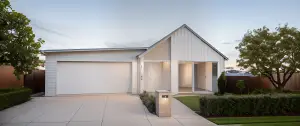
House & Land Packages in Waikato: Are They Worth It?
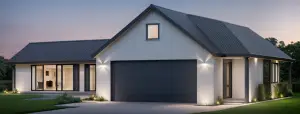
How to Choose the Right Builder in Hamilton: 10 Key Questions to Ask

Best Suburbs in Hamilton & Waikato for New Home Builds
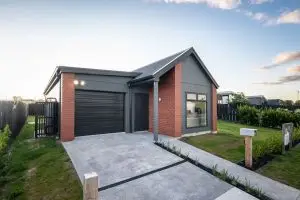
The True Cost of Building a Home in Waikato: Latest Guide

How to finance my house


